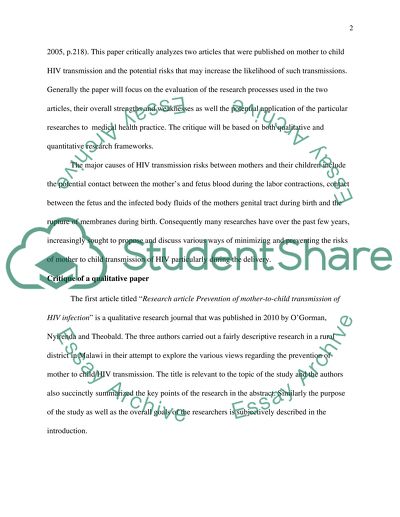Cite this document
(“Critique Medicine Essay Example | Topics and Well Written Essays - 1750 words”, n.d.)
Retrieved from https://studentshare.org/health-sciences-medicine/1455893-critique
Retrieved from https://studentshare.org/health-sciences-medicine/1455893-critique
(Critique Medicine Essay Example | Topics and Well Written Essays - 1750 Words)
https://studentshare.org/health-sciences-medicine/1455893-critique.
https://studentshare.org/health-sciences-medicine/1455893-critique.
“Critique Medicine Essay Example | Topics and Well Written Essays - 1750 Words”, n.d. https://studentshare.org/health-sciences-medicine/1455893-critique.


